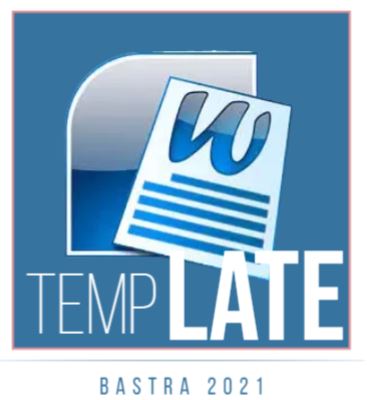BABAD GIRI KEDHATON: KAJIAN STRUKTUR TEKS
Keywords:
babad, historical literature, structure, Babad Giri KedhatonAbstract
This study aimed to describe the structure of the manuscript Babad Giri Kedhaton (BGK). This research uses descriptive method, with objective approach. Based on the analysis, the findings were as the following: Structure elements contained in the text BGK can be stated as follows. BGK theme was reflected in the characterizations. BGK characterizations was in support of the theme. Characters in the text were divided into two, namely the central character and the supporting characters. The central character was Kanjeng Ainul Yaqin Sunan (Sunan Giri), while the supporting character was Maulana Awwalul Islam, Sunan Ampel, Nyahi Gedhe Pinatih, Belambangan King and his daughter, Kanjeng Dalem Sunan, and Sunan Prapen. Seventh characters were bound genealogically. Presentation of the story in BGK text was using the forward plot. It could be seen through the interwoven stories stringed with the words: mangka, nuli, lajeng, peputra, apeputra, kocapa, and punika. Background or scene of the story is realistic, it can be seen geographically. Background stories focused on Kedhaton Giri, a place that was on the top of Mount Giri, which is located in Gresik now. That was where Kanjeng Sunan Giri (King Satmata) established the kingdom under the name Giri Kedhaton.
Downloads
Published
How to Cite
Issue
Section
License
Authors who publish with PENTAS agree to the following terms:
Authors retain copyright and grant the Engagement right of first publication with the work simultaneously licensed under a Creative Commons Attribution License (CC BY-SA 4.0) that allows others to share (copy and redistribute the material in any medium or format) and adapt (remix, transform, and build upon the material) the work for any purpose, even commercially with an acknowledgement of the work's authorship and initial publication in BASTRA.
Authors are able to enter into separate, additional contractual arrangements for the non-exclusive distribution of the journal's published version of the work (e.g., post it to an institutional repository or publish it in a book), with an acknowledgement of its initial publication in BASTRA.
Authors are permitted and encouraged to post their work online (e.g., in institutional repositories or on their website) prior to and during the submission process, as it can lead to productive exchanges, as well as earlier and greater citation of published work (See The Effect of Open Access).

This work is licensed under a Creative Commons Attribution-ShareAlike 4.0 International License.








